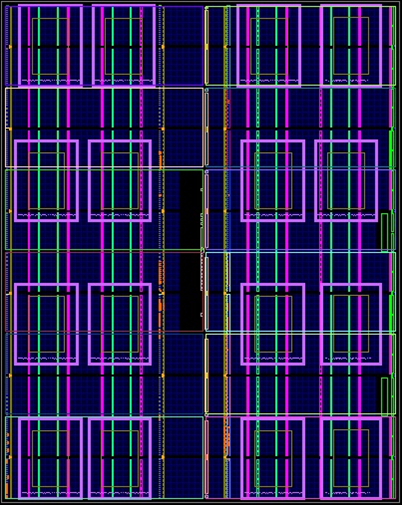LaMeres' Research Overview
Exploiting Reconfigurable Fabrics to Optimize Computing
|
Reconfigurable digital circuitry has always provided inherent design flexibility. Historically, this flexibility has come at the expense of performance. However, with advances in IC fabrication technology, programmable logic performance has advanced to the point where it is meeting the computation needs of modern applications. This has created a paradigm shift in the way digital circuitry can be implemented. If programmable logic cells can perform as well as dedicated IC blocks, then the standard VLSI design flow will need to be reinvented. Reprogrammable fabrics now have the capacity to contain not only custom hardware but multiple soft processor cores. This capability enables computing approaches such as single-chip hardware accelerated processors, dynamically scalable parallel processing, and reconfigurable computing. The capability that now exists in computing hardware makes the effective partitioning between hardware and software a difficult challenge due to the endless implementation possibilities. |
|
Reconfigurable fabrics also have enabled novel architectures to address the robustness of a computer system. Redundancy (both static and dynamic) can be used to detect and recover from faults and spatial avoidance of faults can be used to extend lifetime of a part. These opportunities for fault tolerance are of great interest to the military and aerospace industry due to their unique need for robust computing platforms.
Currently, research is being conducted in the ECE department at MSU in the area of effective hardware/software partitioning using soft processors on FPGAs. Research is also being conducted on the design of a radiation tolerant computing system for the aerospace industry which exploits partial reconfiguration of an FPGA to spatially move soft processors to different locations on the FPGA in order to avoid radiation strikes. Reconfiguration is also used to dynamically recover from a non-damaging radiation strike.
The picture shown here is a Radiation Tolerant Many Core Computing System implemented on a Xilinx Artix-7 FPGA. This system was developed for NASA to help increase reliability in interplanetary flight systems. This system contains 16 soft processors. At any given time, 3 of the processors are used in Triple Modular Redundancy (TMR) to check for faults due to radiation. Upon a soft radiation strike, the TMR system reboots and resynchronizes the faulted processors. If the fault occurs in the reconfiguration RAM of the FPGA, the system performs partial reconfiguration on the effected processor in order to recover. If the fault is unrecoverable, the system brings on a new spare processor to form the TMR configuration and marks the damaged area as unusable.
If you would like to watch a video (1 hour!) about this research, here is a link to an Honors Presents talk that Dr. LaMeres gave on 9/16/19 about the history of his research and what's next.
Below are missions that are either in process, or have completed, that have demostrated the radiation tolerant computer technology in the space environment.
RadPC-Lunar - Demonstration of the MSU's Radiation Tolerant Computer System on the Moon
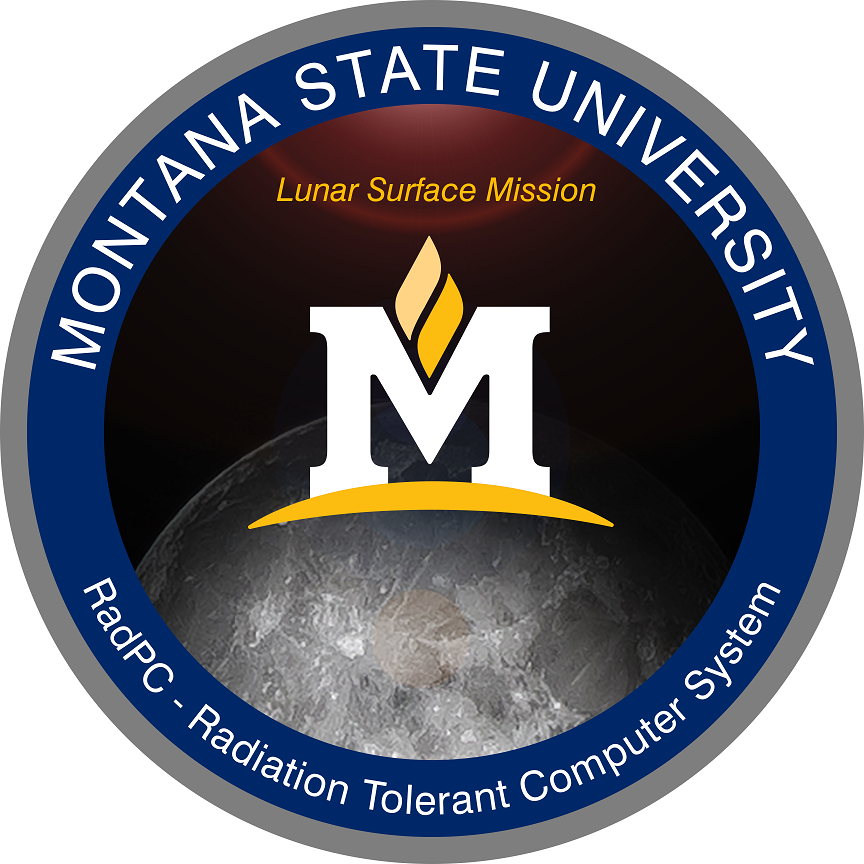
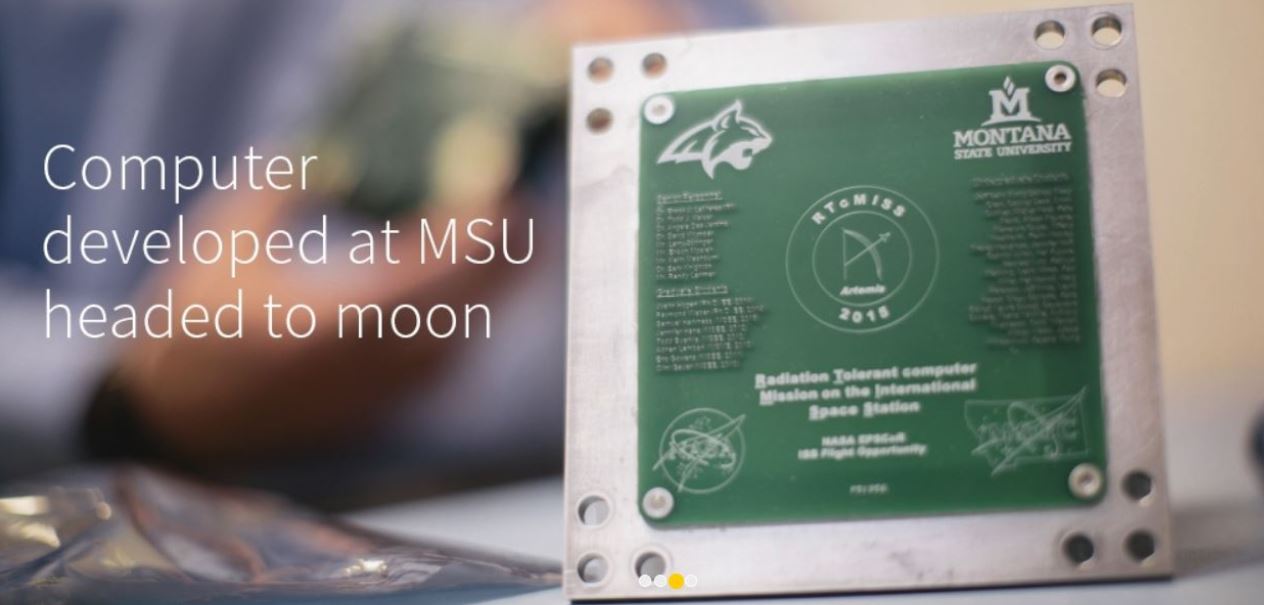
In 2019, MSU was selected by the NASA Lunar Surface Instruments and Payloads (LSITP) program to develop a payload carrying its radiation tolerant computer system (RadPC) for demonstration on the moon. The project kicked-off in 2020 and is scheduled to launch in 2024.
RadPC-AI - Testing RadPC's Ability to Process AI Health Monitoring Algorithms on Space Station
In 2021, MSU sent a RadPC payload to the International Space Station onboard the SpaceX CRS-24 resupply mission. This payload is testing RadPC's ability to operate reliably while executing complex AI algorithms that monitor the health of an electrical system and predict potential failures. MSU sent another RadPC payload to the ISS 6 months later on a Northrup Grummun resupply mission that contained updated software.
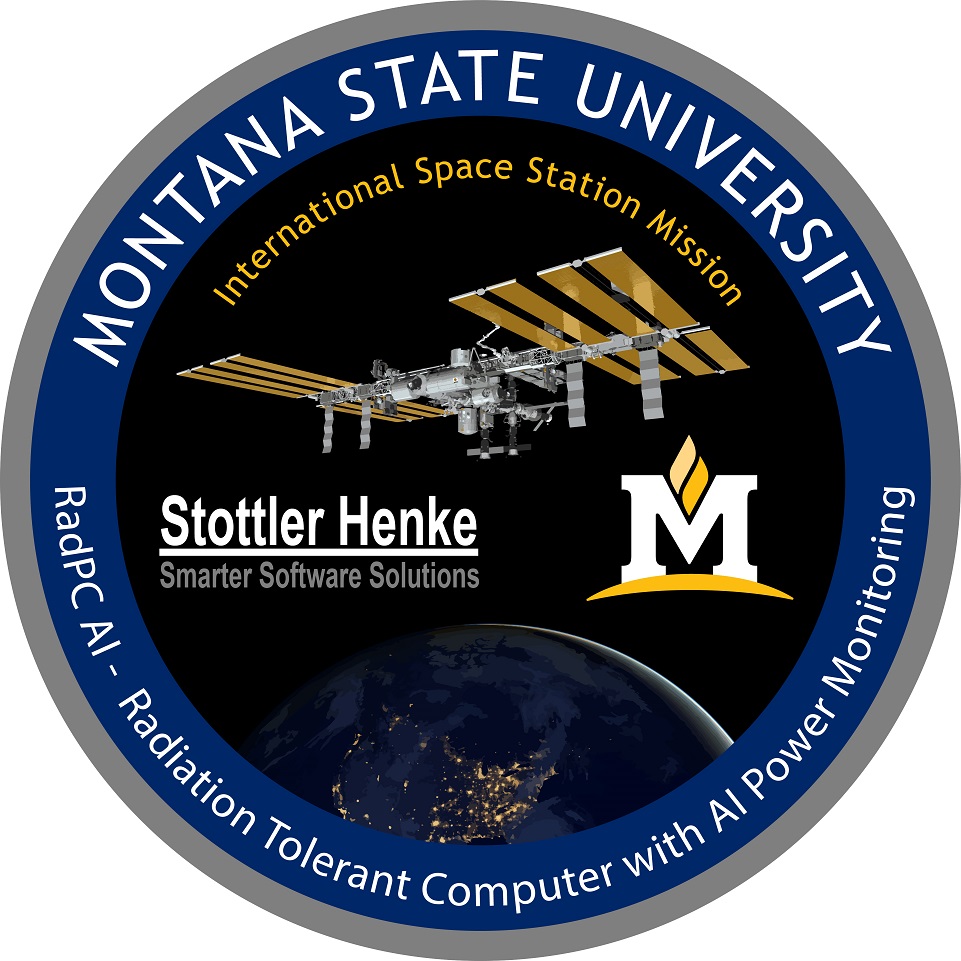
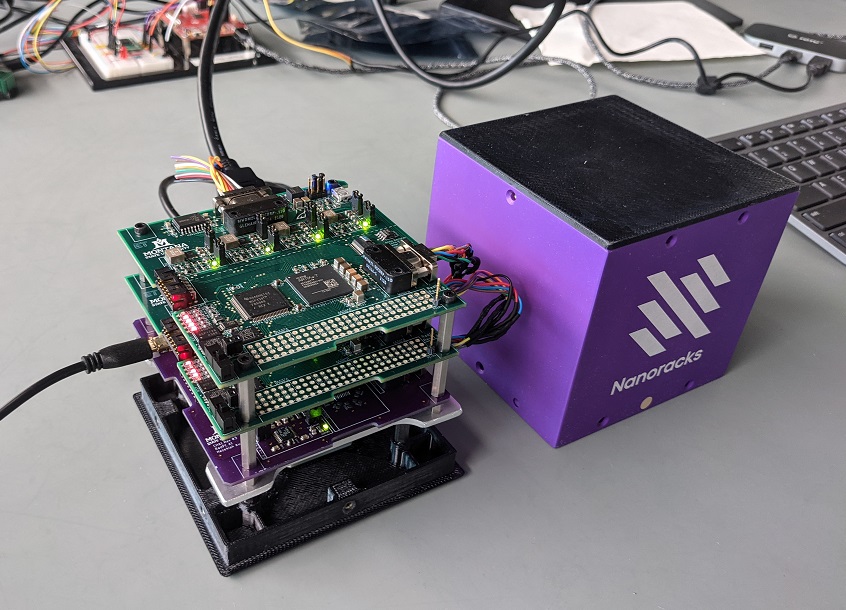
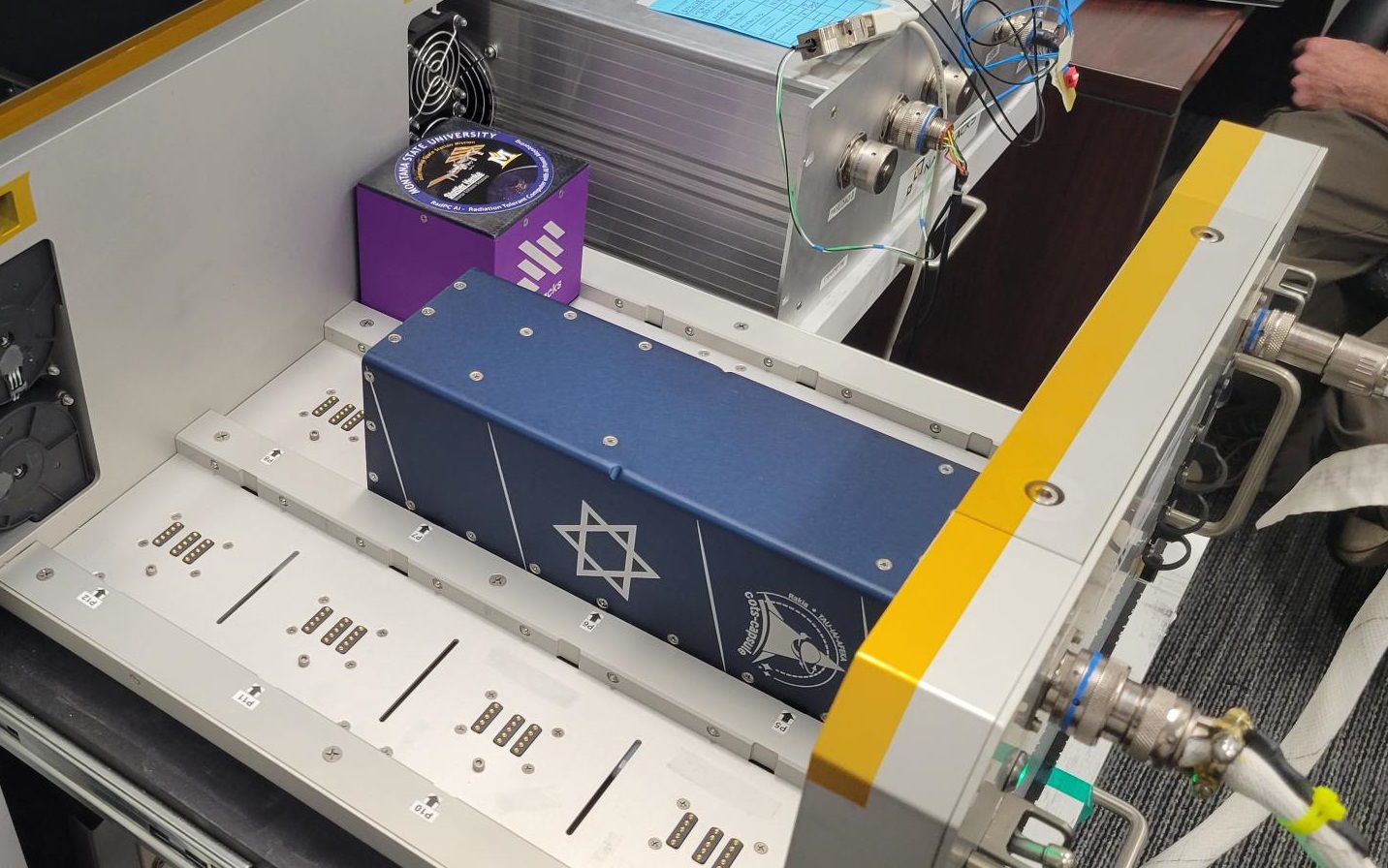
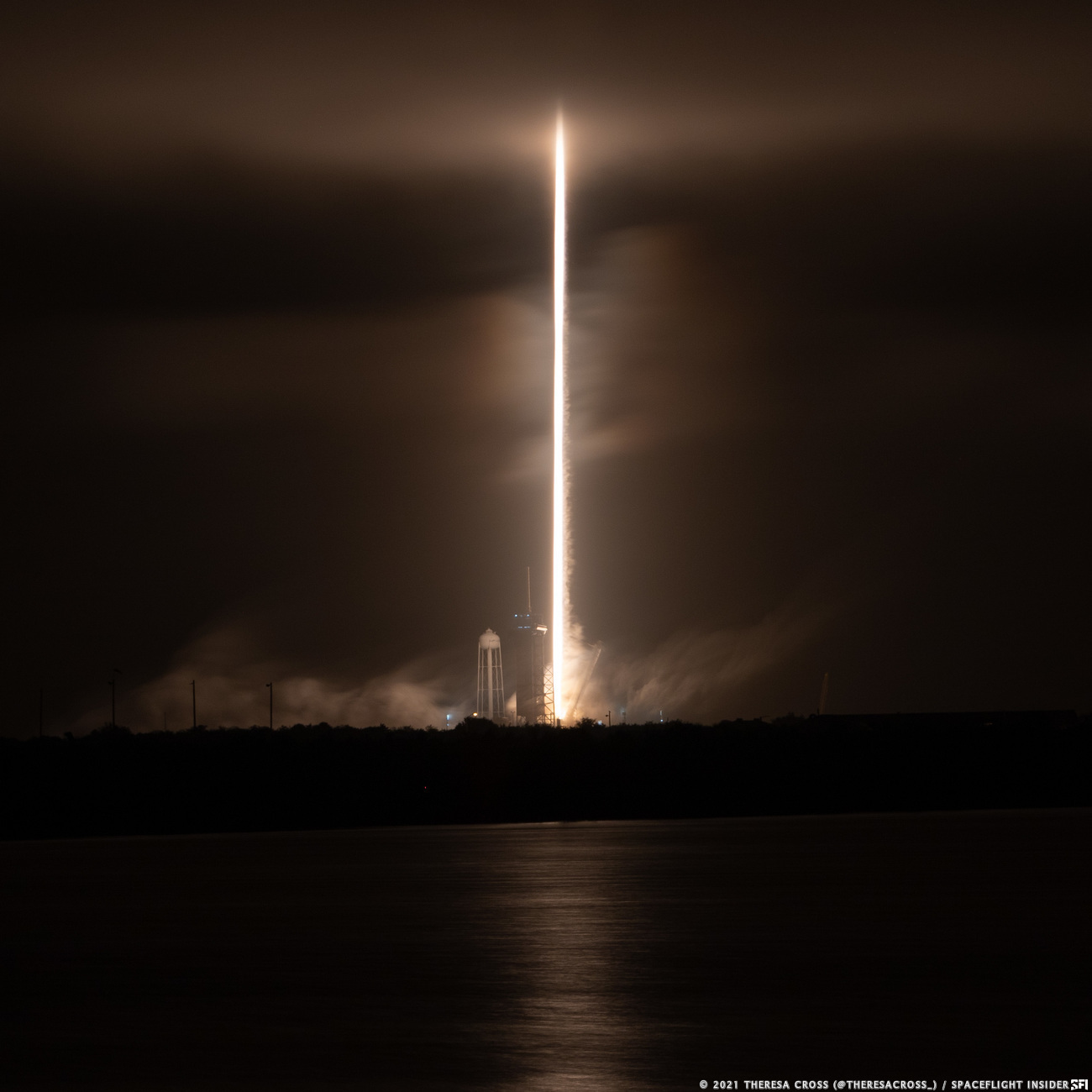
RadSat-u - Radiation Tolerant Computer Experiment, Satellite Mission #2
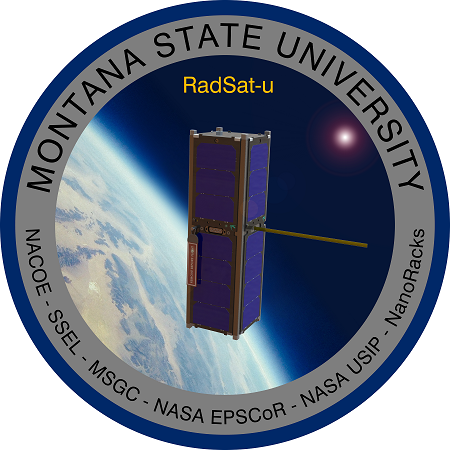
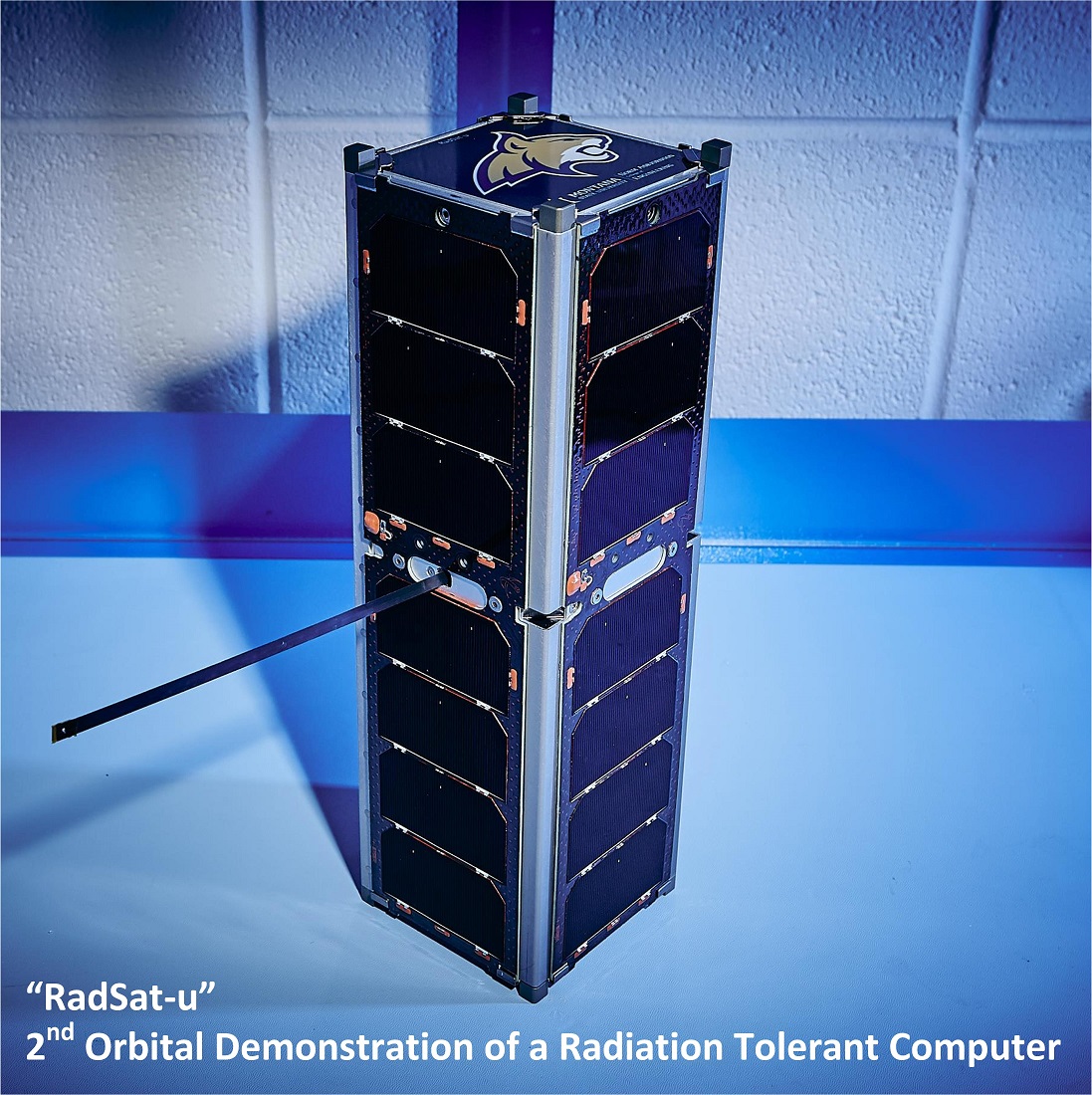
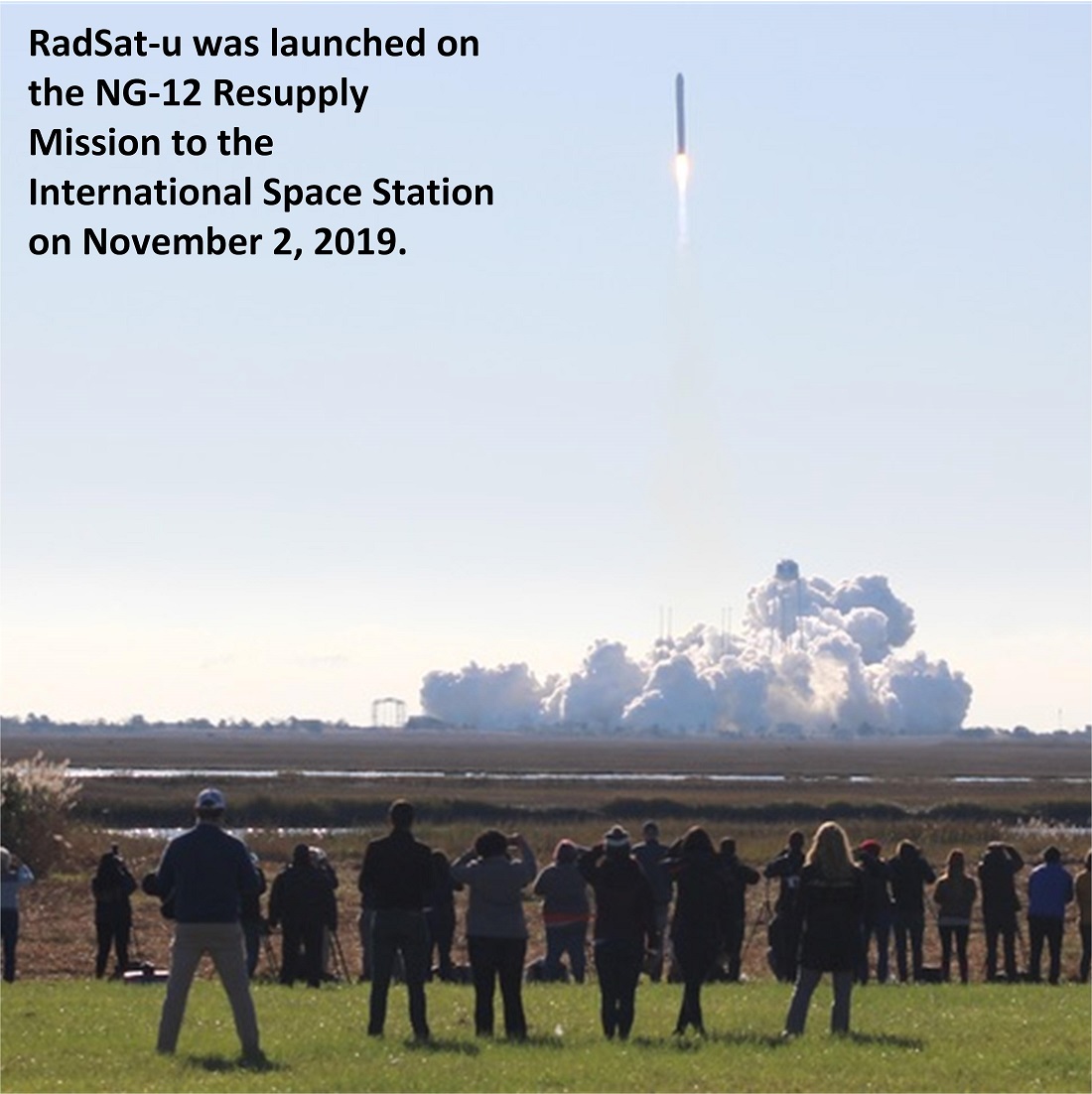
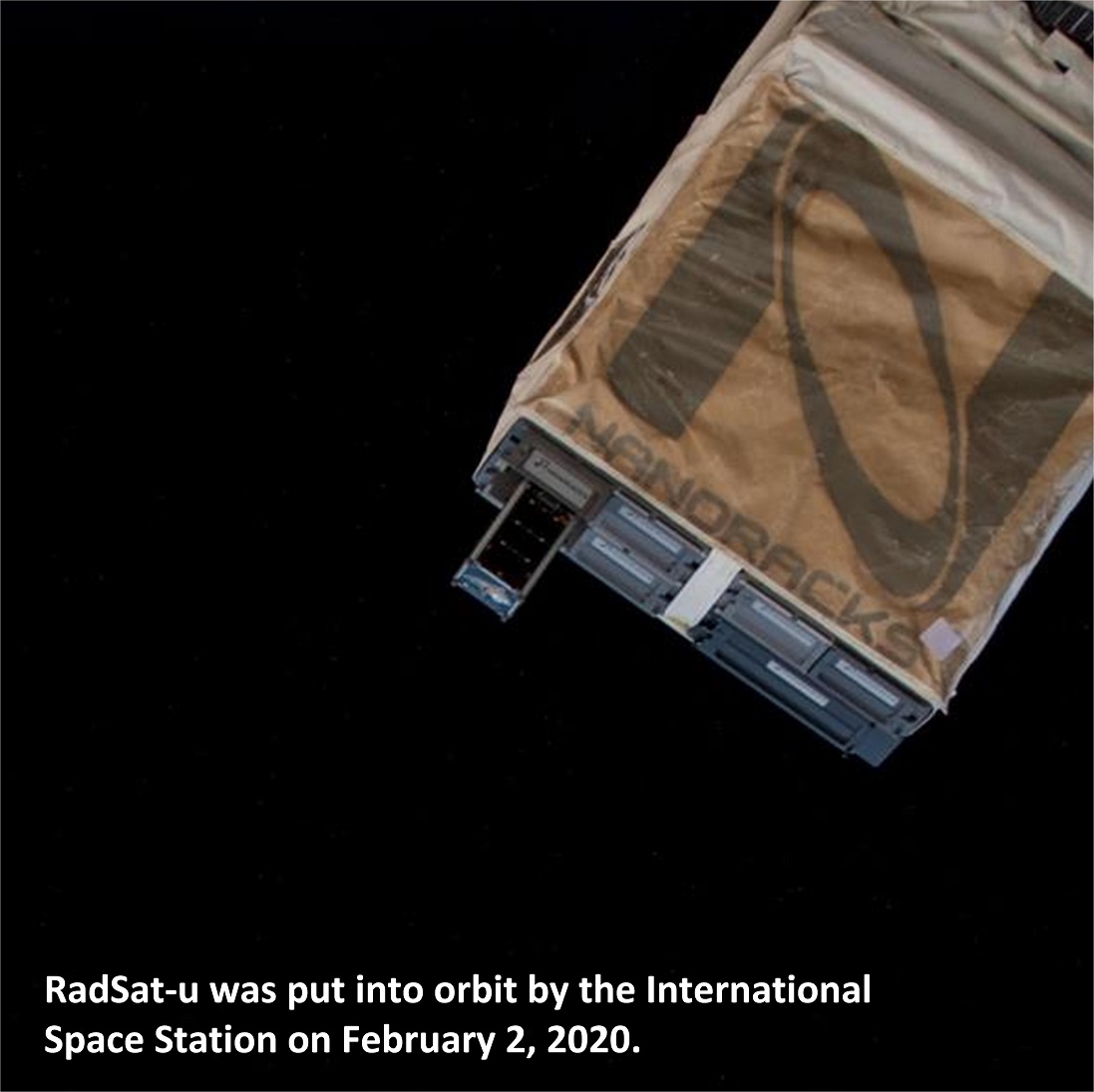
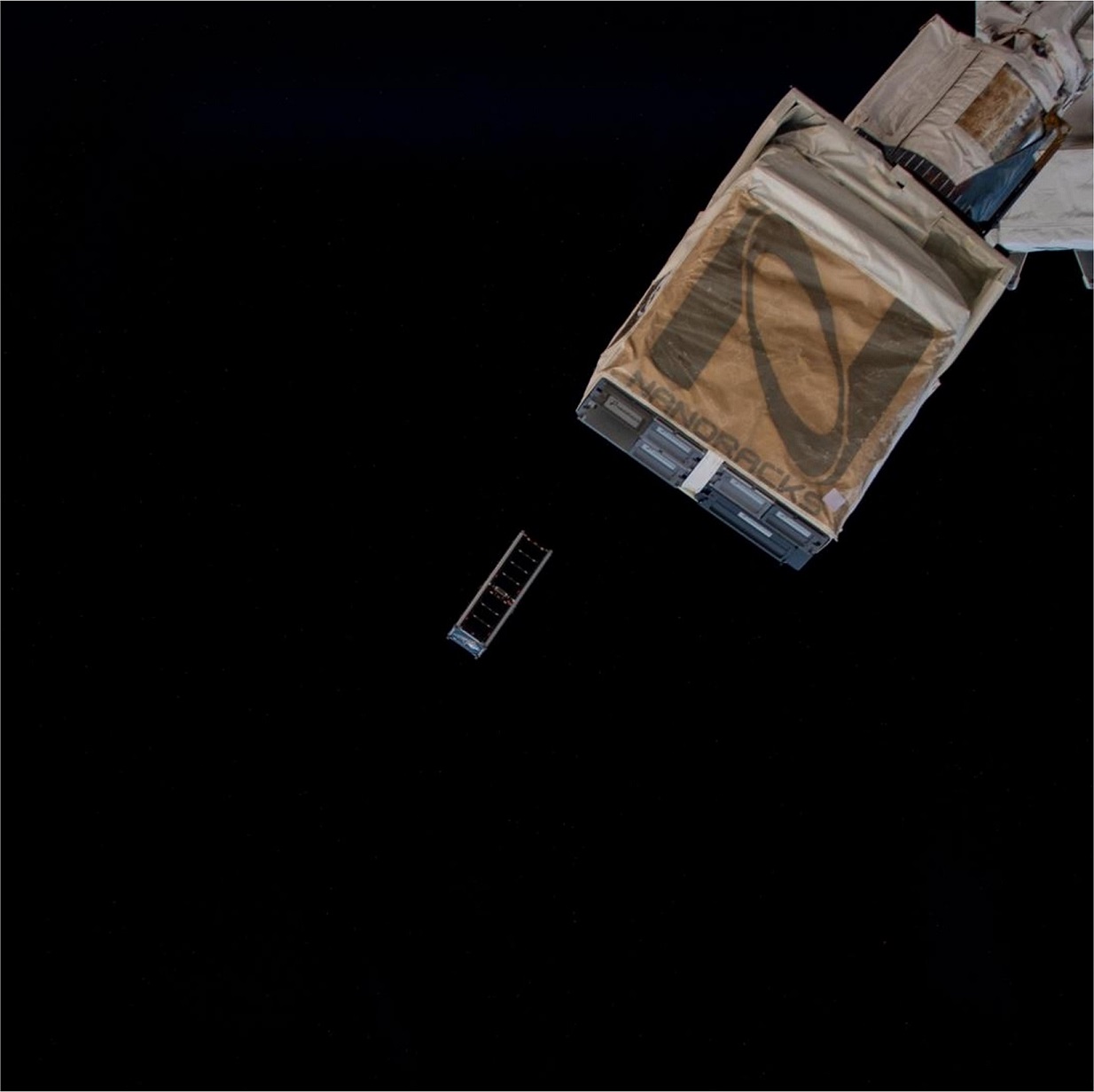
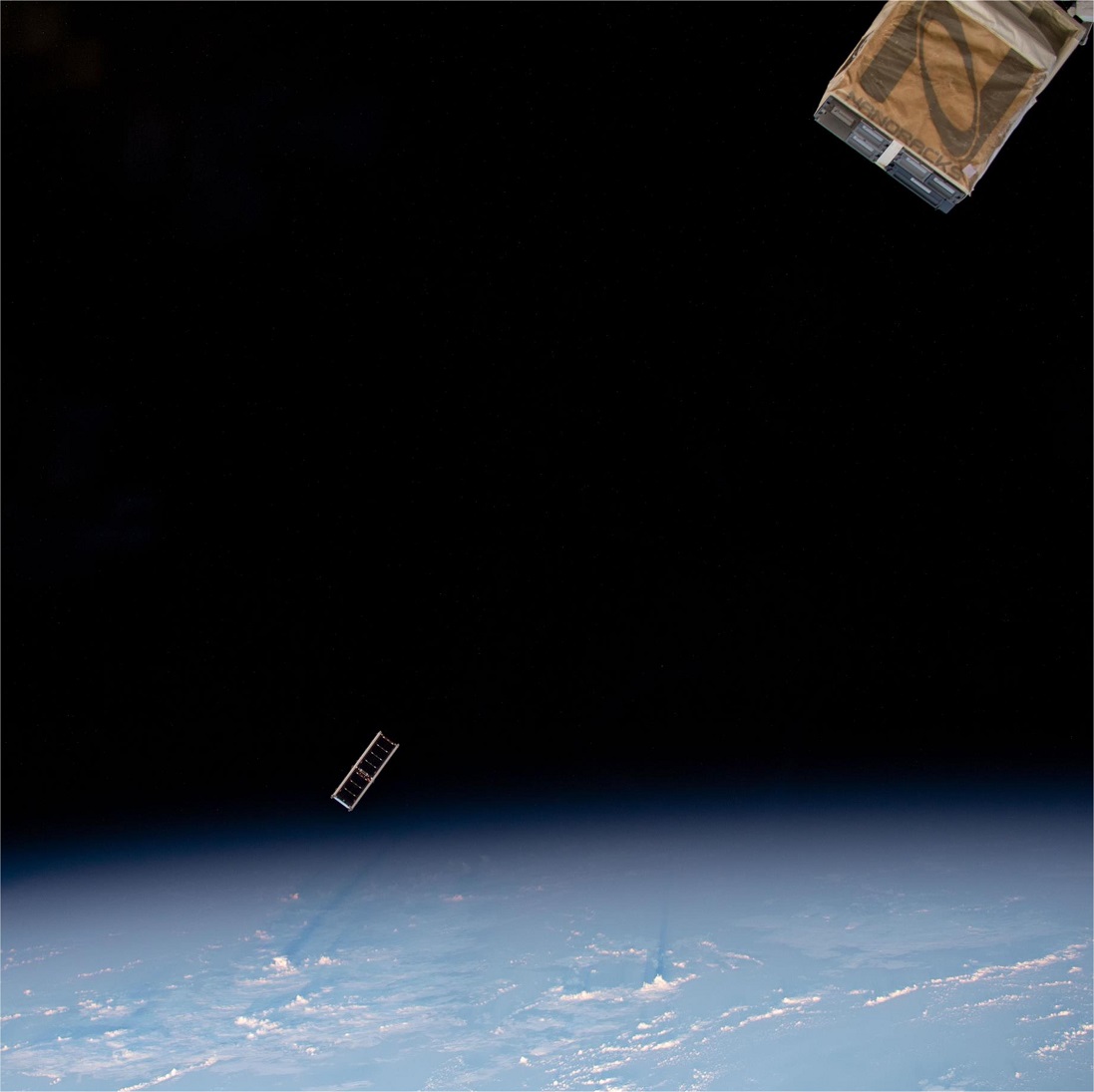
RadSat-u is the second small satellite developed to test the RadPC technology in an extended mission environment. The satellite was launched to the ISS in November 2, 2019 onboard the NG-12 ISS ressupply mission. It was then put into orbit in February of 2020 using the NanoRacks CubeSat deployer. RadSat-u is currently orbiting Earth where it is collecting even more data on how well the computer architecture responds to space radiation. RadSat-u downlinks its data to the MSU SSEL ground station on top of Cobleigh Hall.
CyberCat - Exploiting Radiation to Create Truly Random Encryption Keys
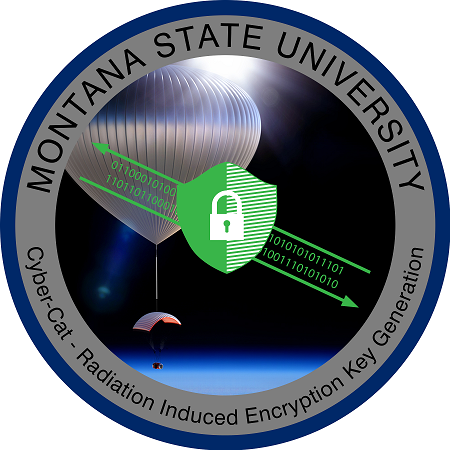
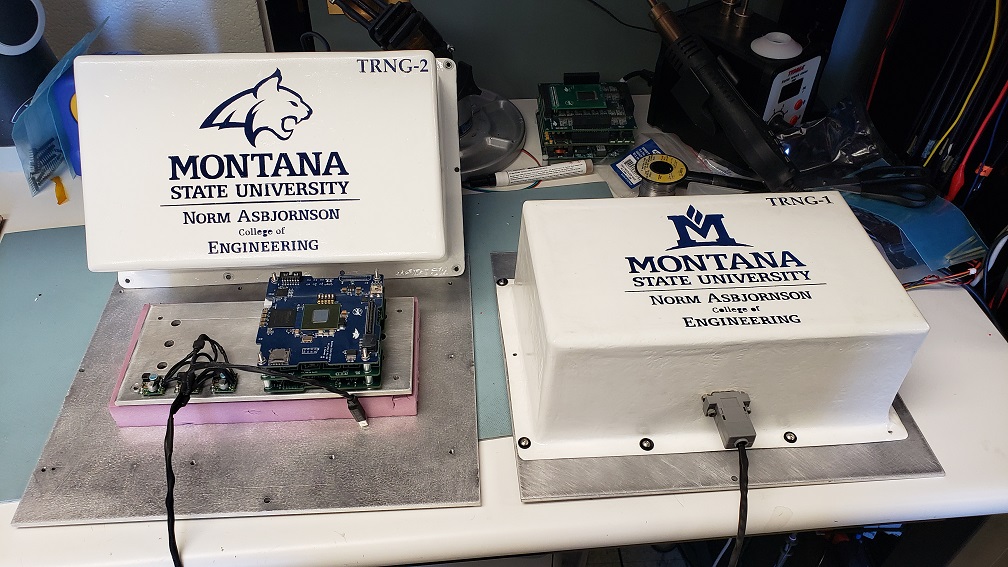
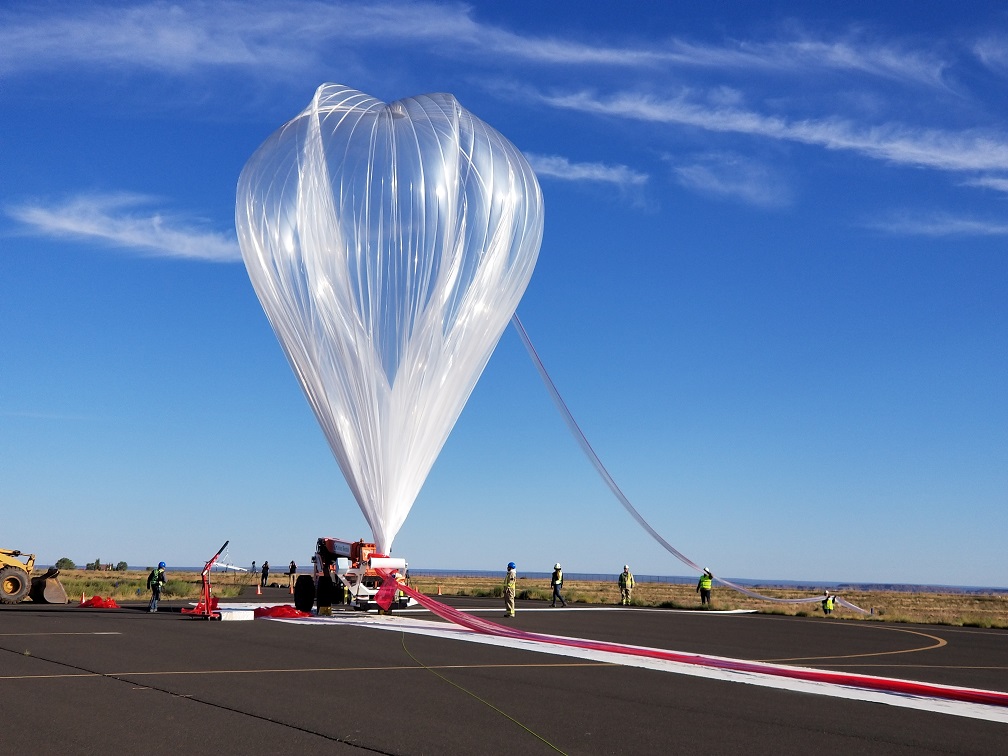
In September of 2019, a version of the RadPC architecture was flown to an altitude of 120,000 feet above New Mexico onboard a WorldView Stratocraft balloon system. The experiment tested the ability to use ionizing radiation to create truly random numbers for use in encryption keys.
RadSat-g - Radiation Tolerant Computer Experiment, Satellite Mission #1
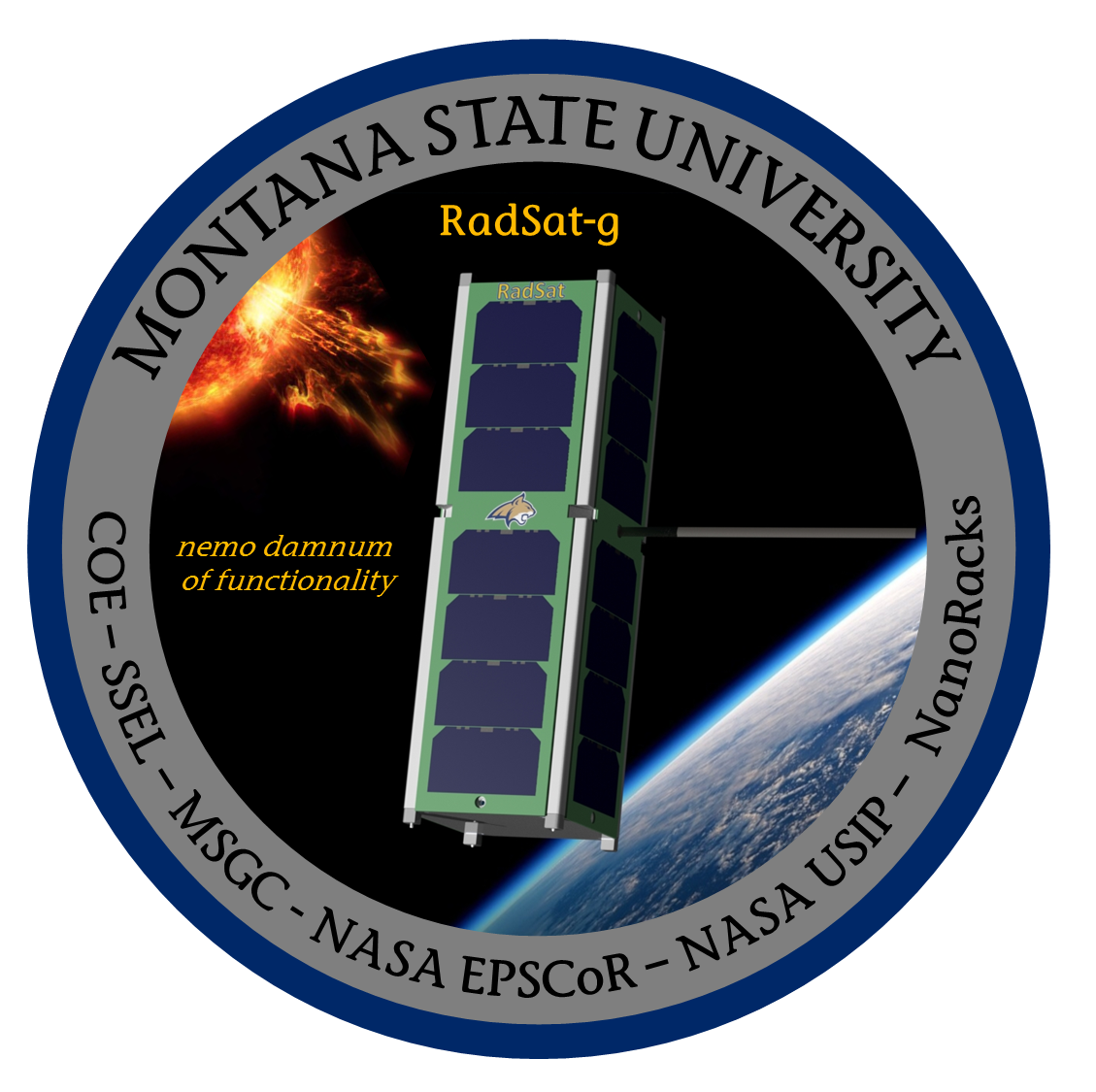
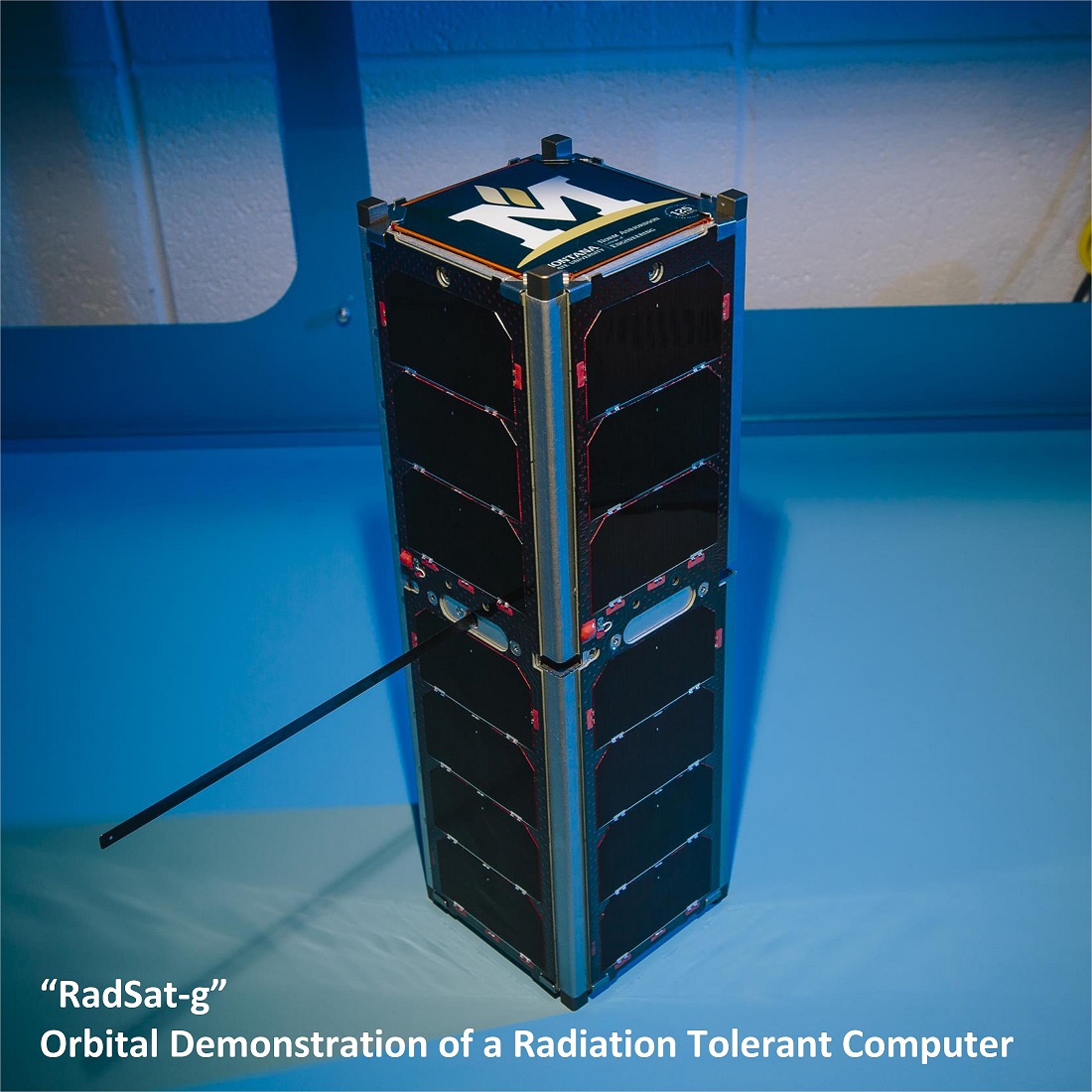 |
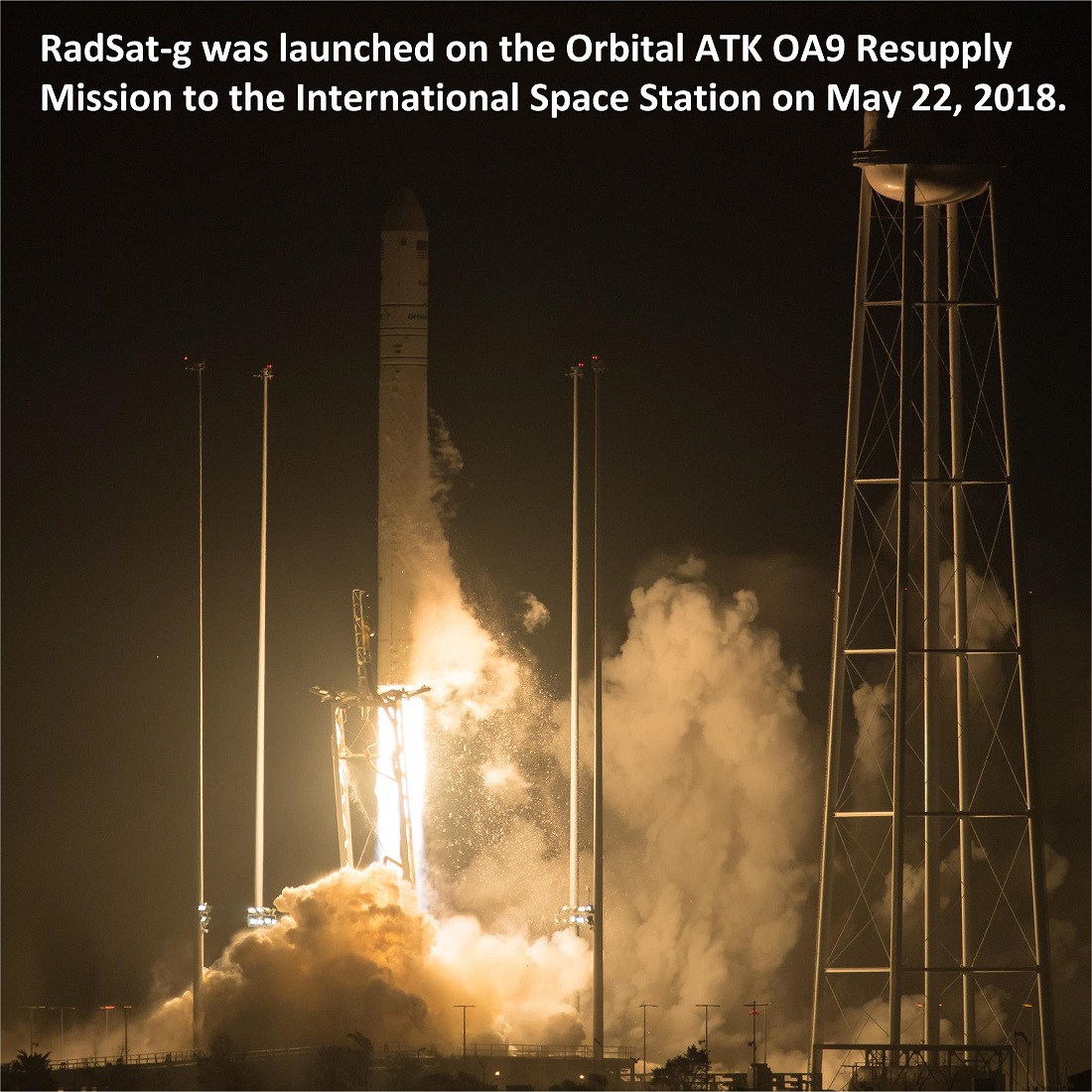 |
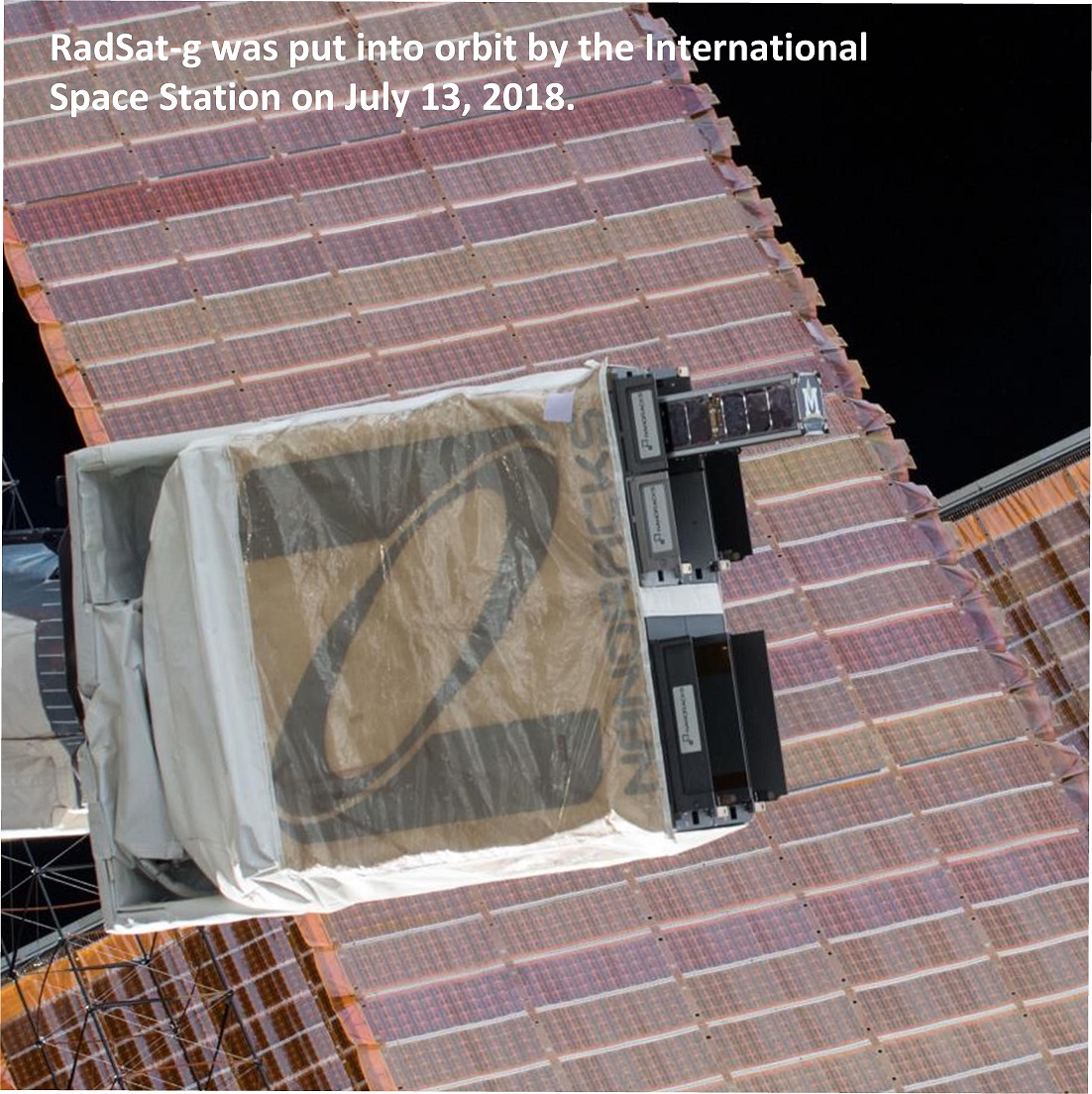 |
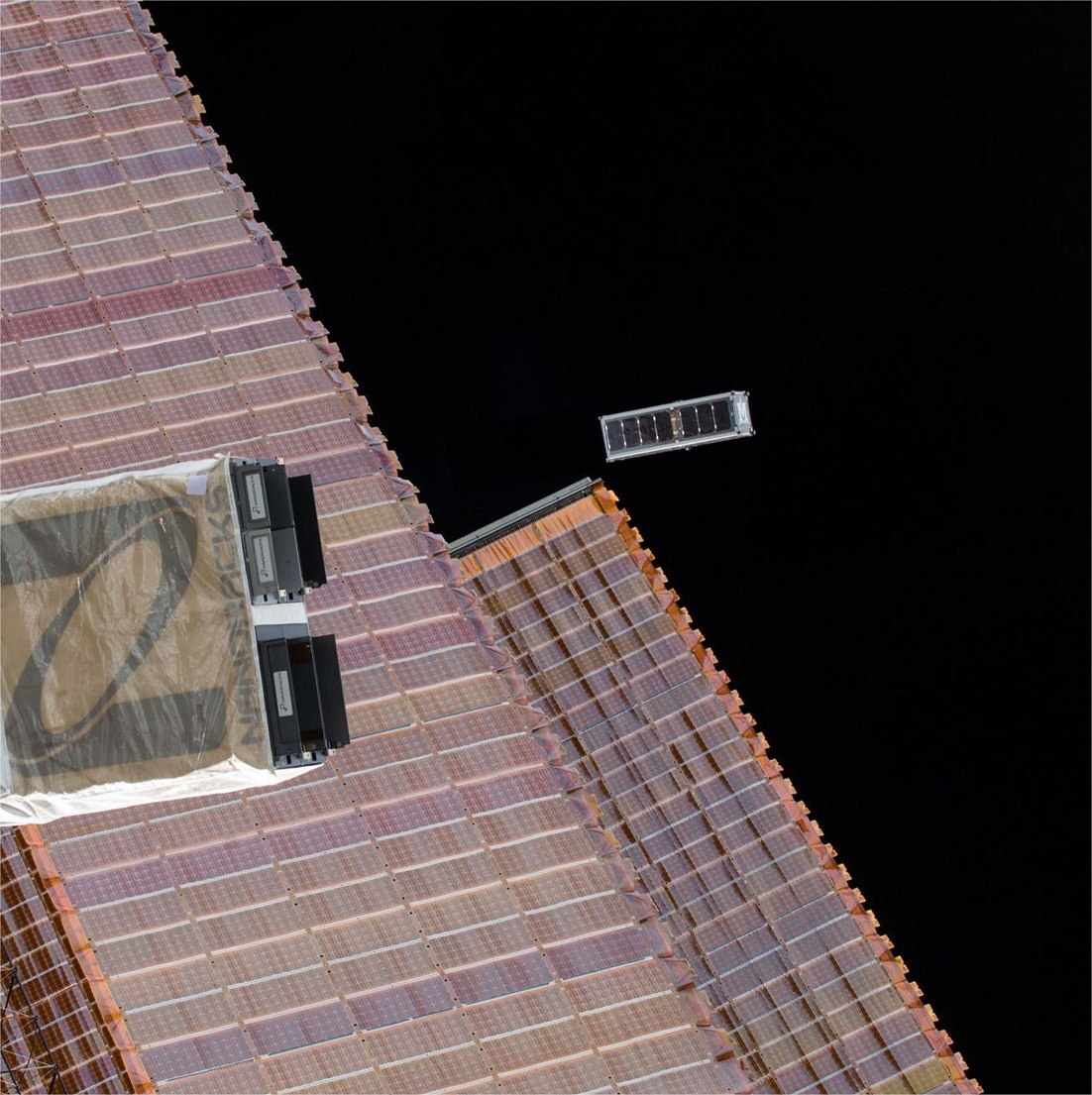 |
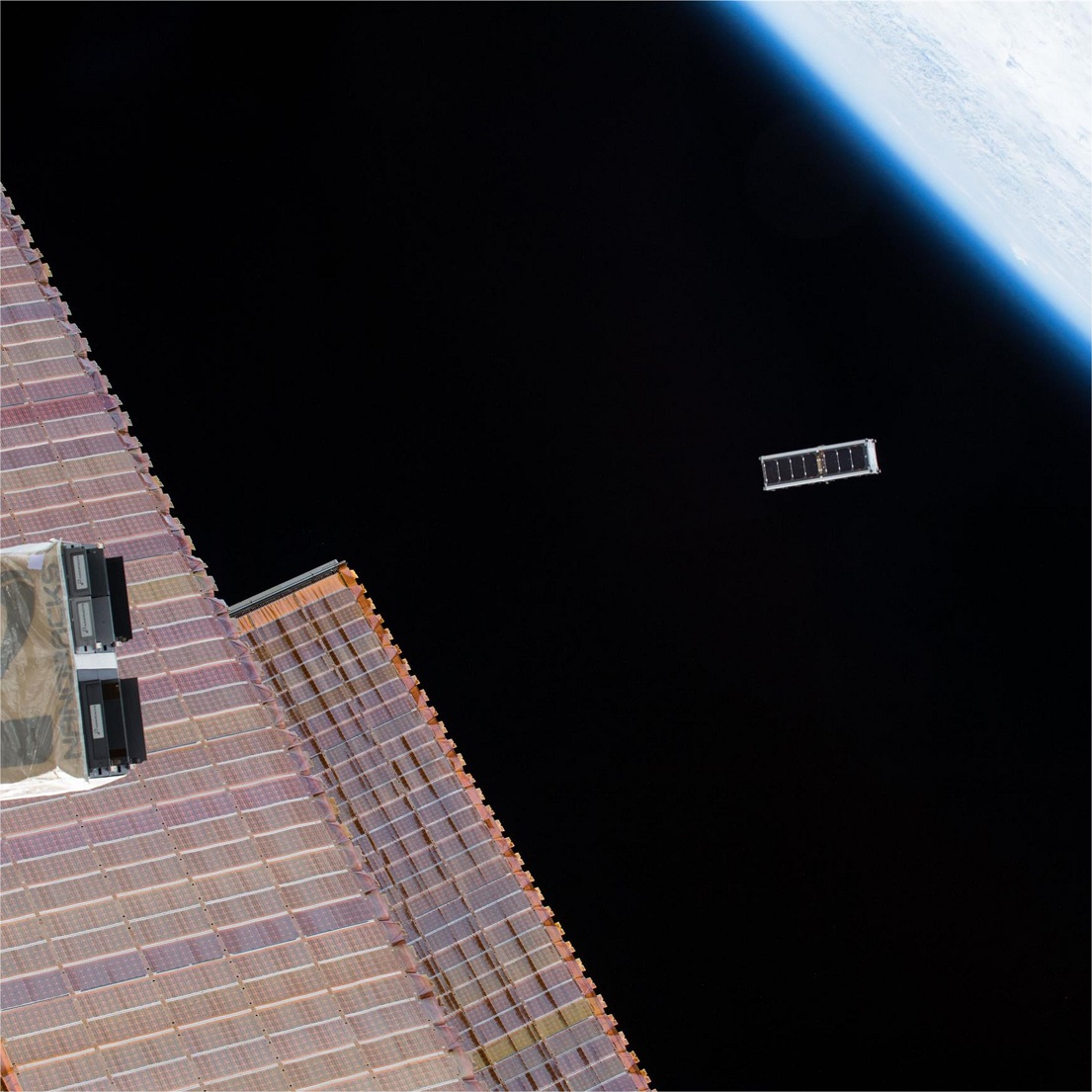 |
The RadSat-g satellite carried the RadPC computer technology in order to demonstrated it in an extended, mission environment. The satellite was launched to the ISS in March of 2018 onboard the Orbital ATK OA9 ISS ressupply mission. It was then put into orbit in July of 2018 using the NanoRacks CubeSat deployer. RadSat-g is currently orbiting Earth where it is collecting data on how well the computer architecture responds to space radiation. Data is downlinked to the MSU ground station during each acceptable pass (~1-2 times per week). RadPC is the first 3U small satellite developed at MSU.
Radiation Tolerant computer Mission on the International SpaceStation
(RTcMISS) pronouned Artemis (art-eh-miss)

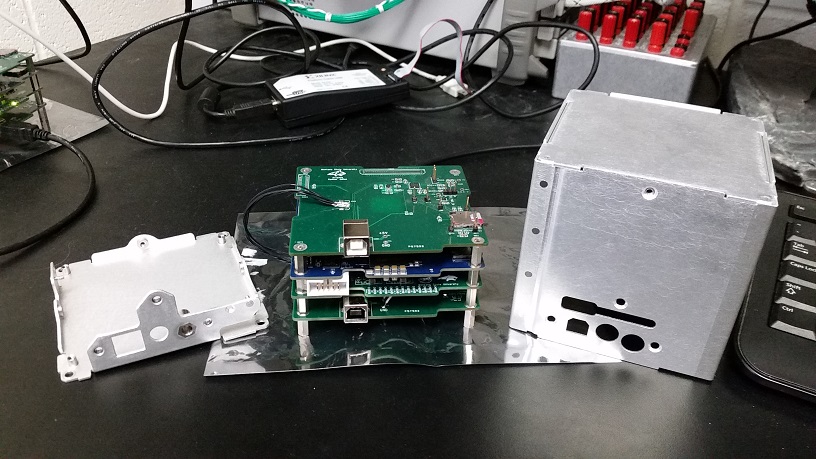 |
During 2017, The RadPC computer technology spent 12 months on the ISS where it collected data on how well the architecture responded to space radiation. RTcMISS was returned to MSU in 2018 and is currently undergoing additional examination.
Sounding Rocket Testing of RadPC (Wallops Flight Facility Terrior-Orion)
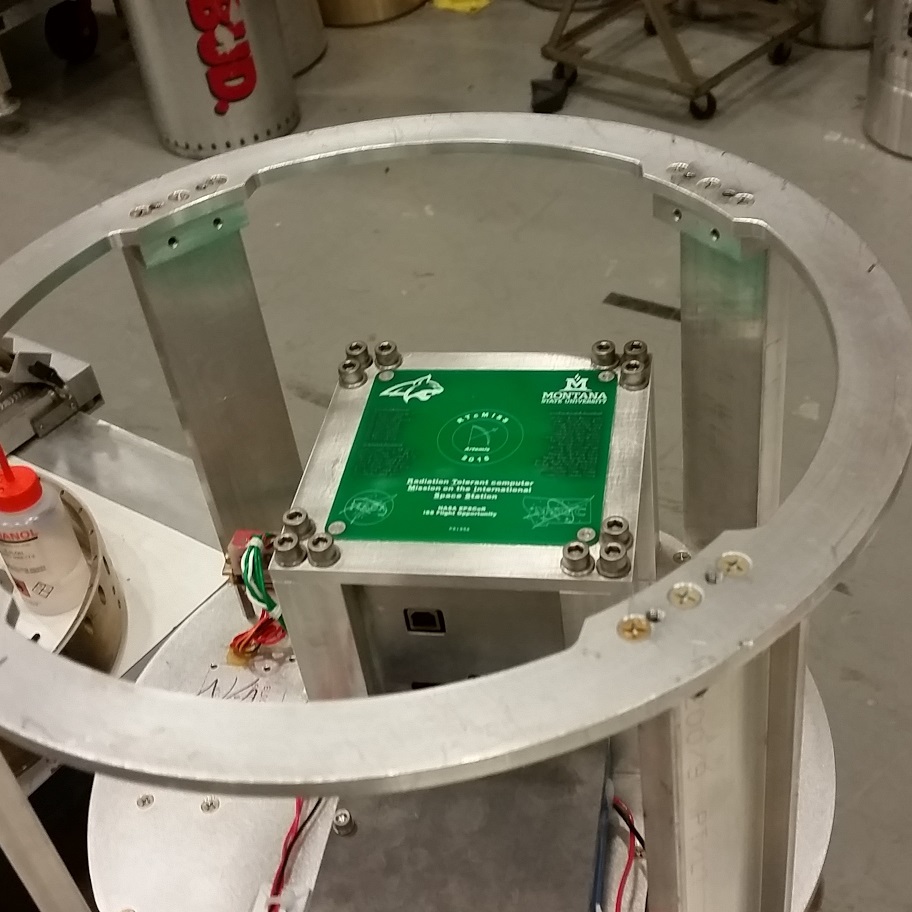
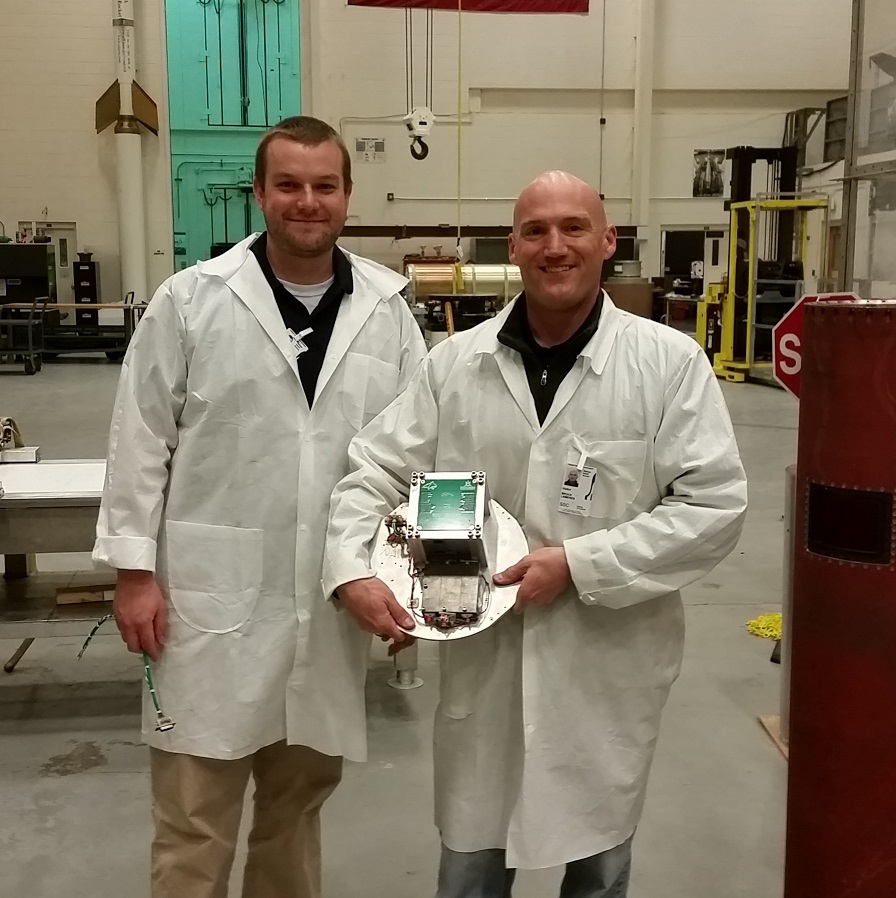
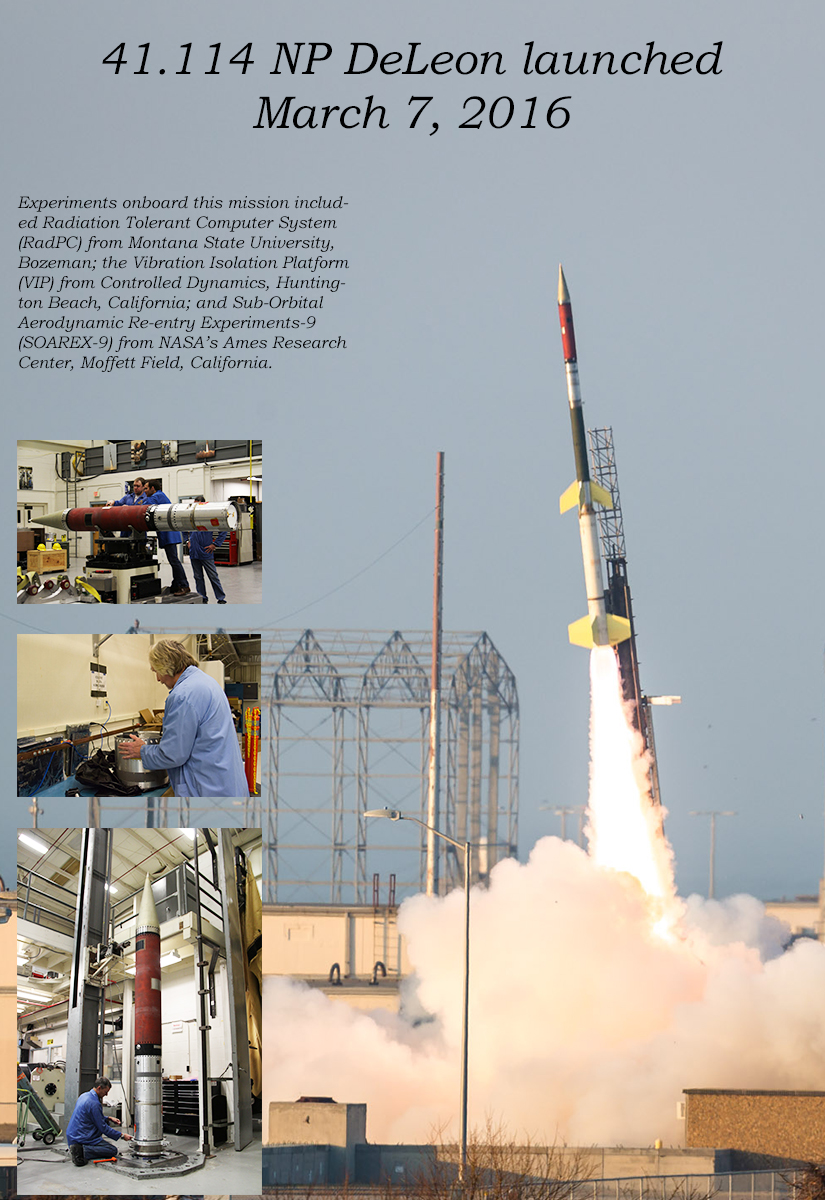
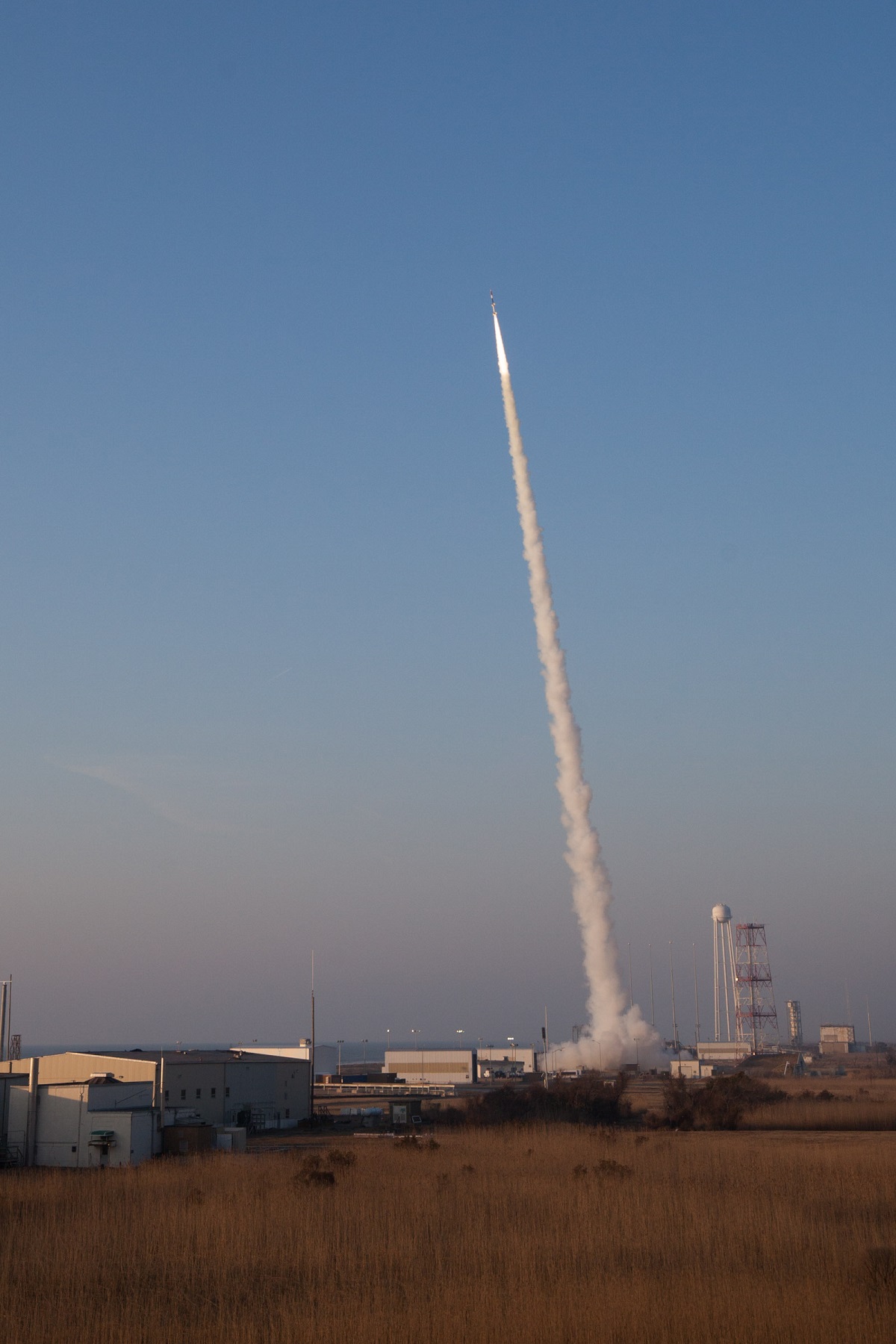
On March 7, 2016, a Terrior-Orion sounding rocket carried RadPC into outer space for the second time. The flight took place at the NASA Wallops Flight Facility in Virginia.
Sounding Rocket Testing of RadPC (UP Aerospace SL9)
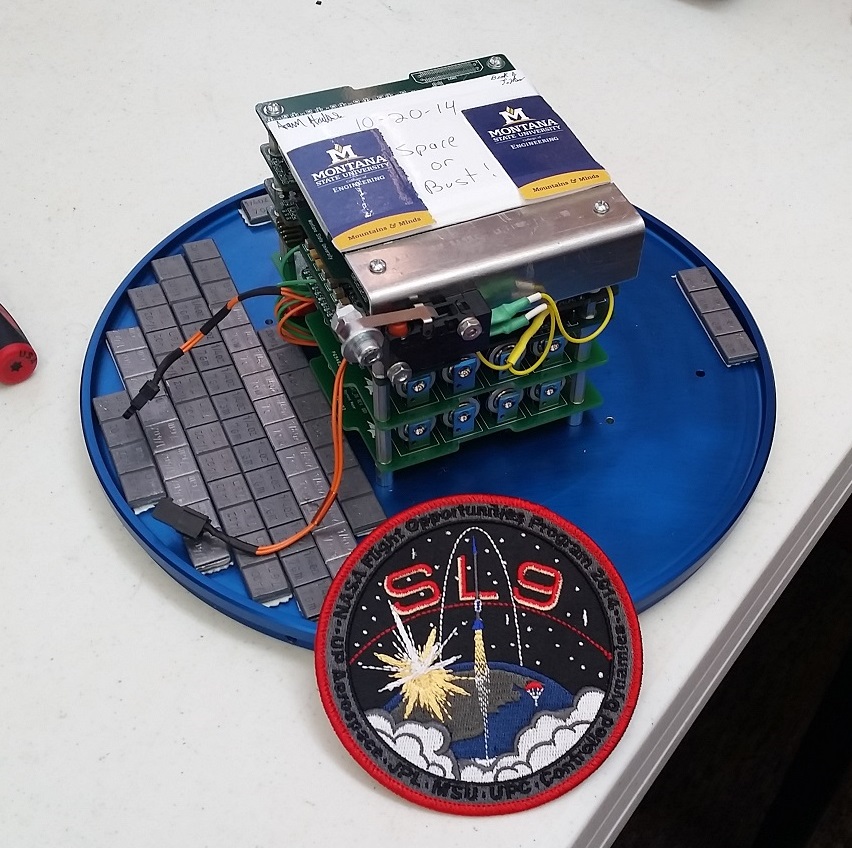
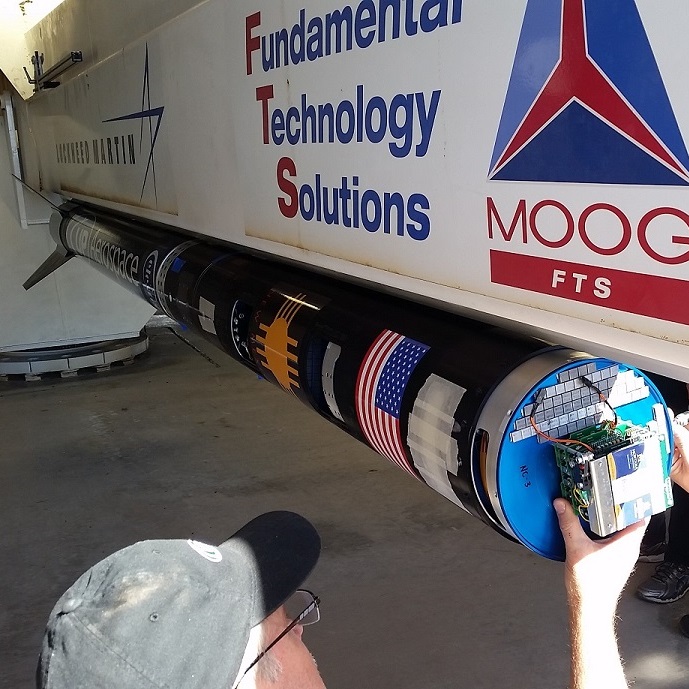
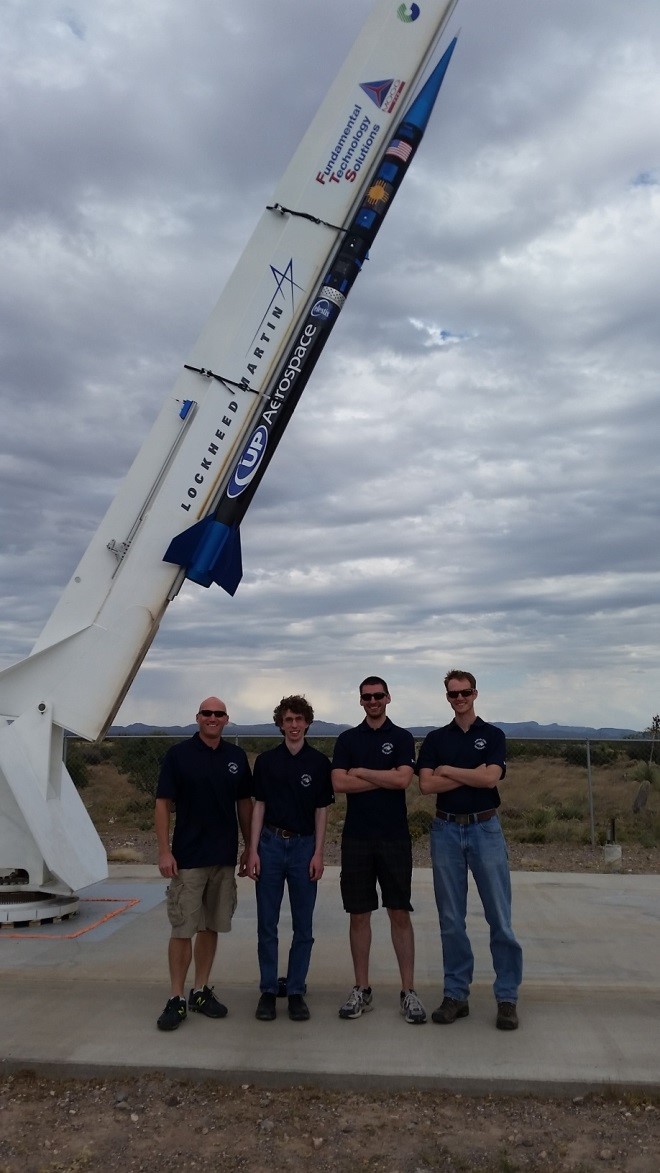
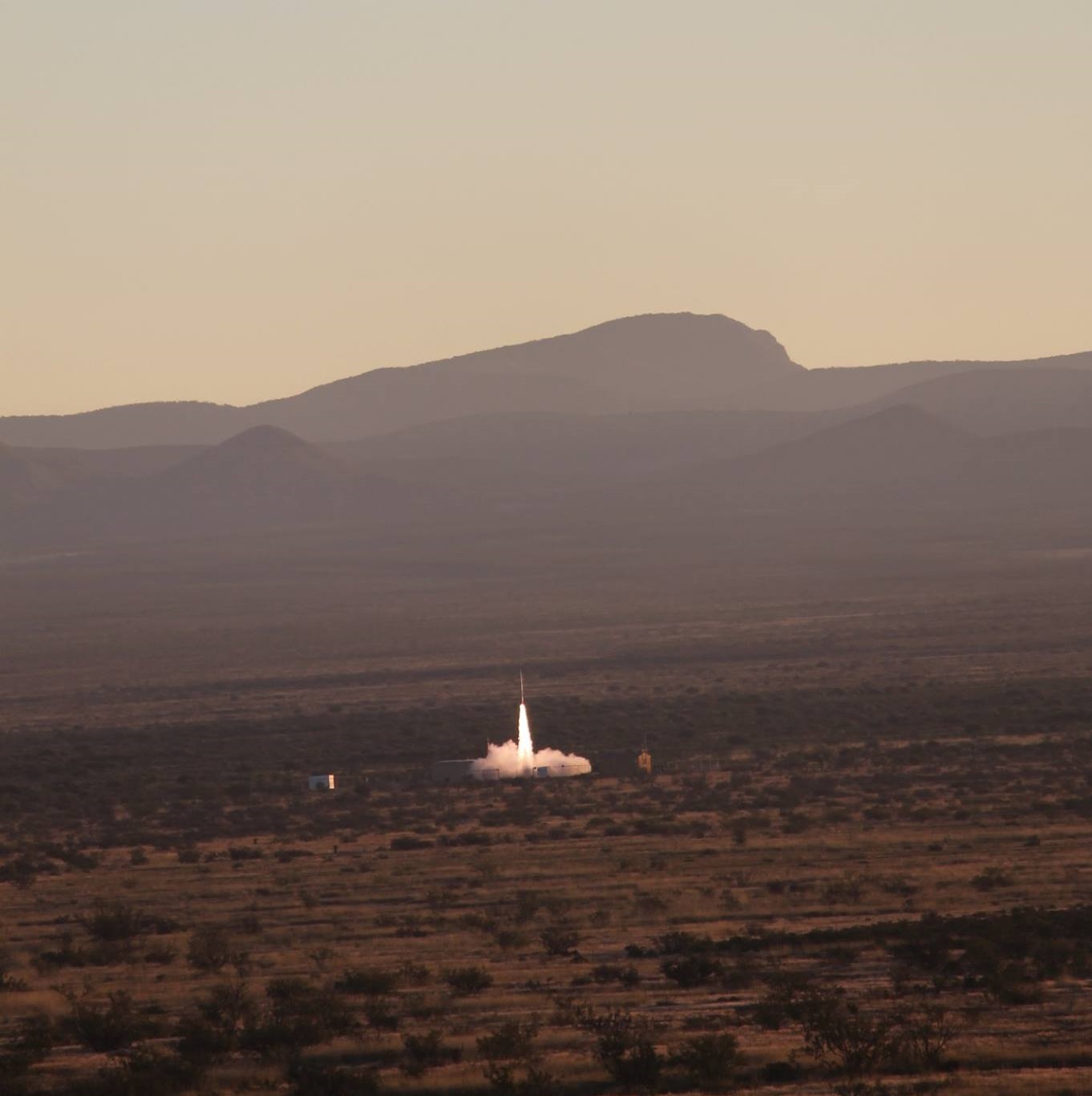
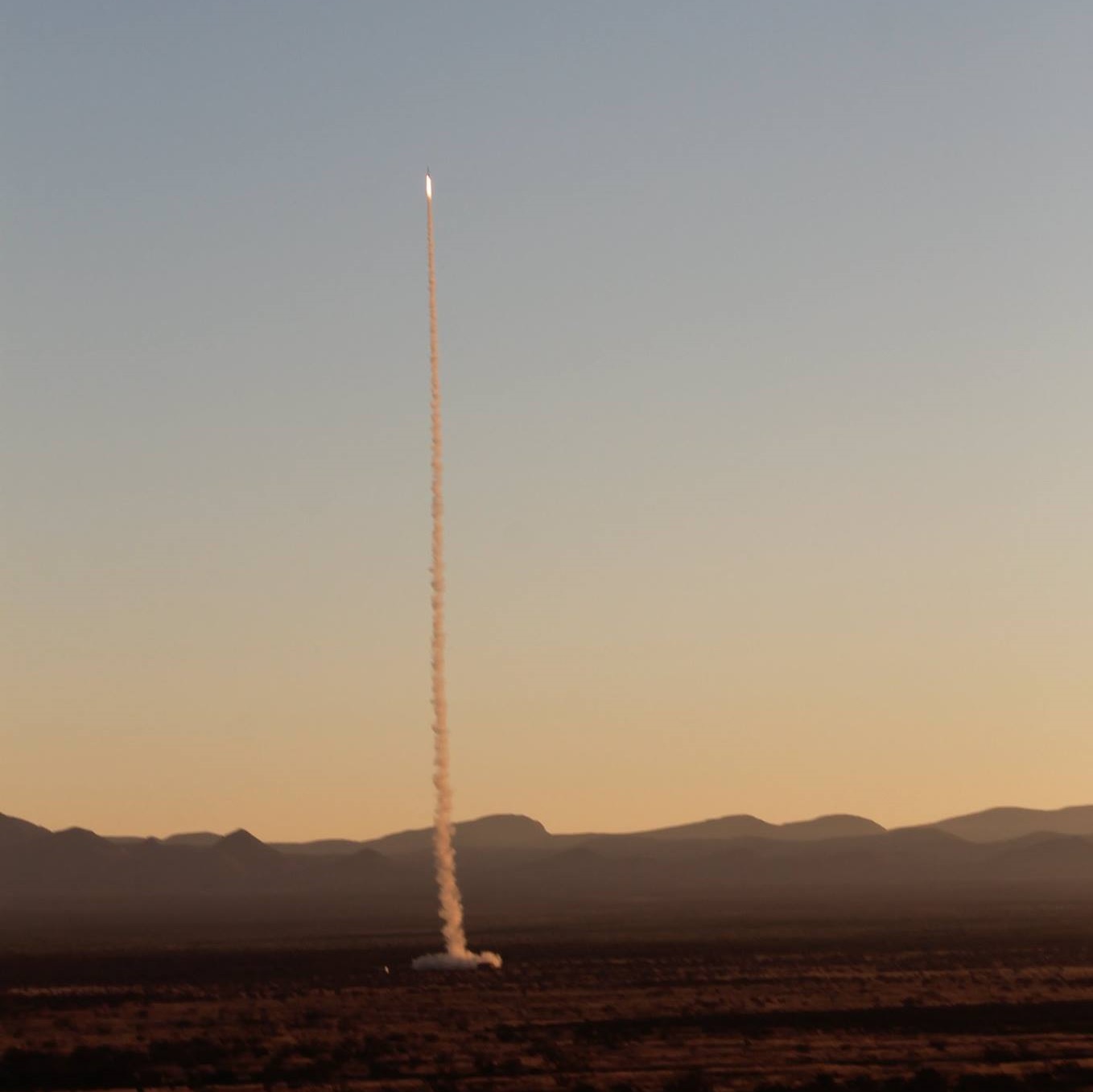
In October of 2014, the UP Aerospace SL9 sounding rocket carried the RadPC computer technology into outer space for the first time. This test demonstrated a variety of sub-systems were mature enough for orbital testing.

